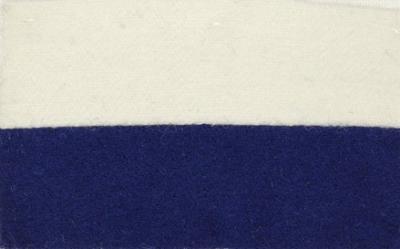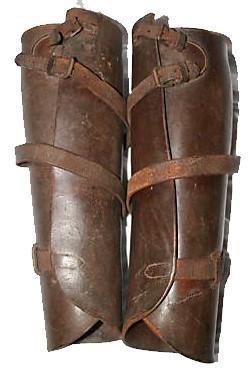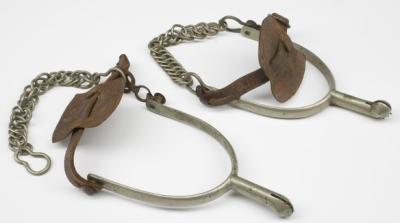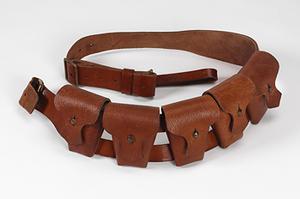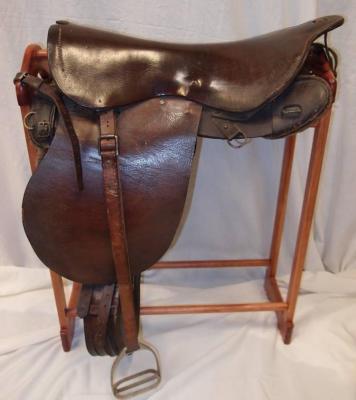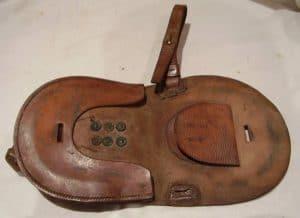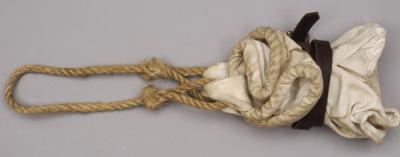Formation Sign - II Anzac Corps (World War 1)
Each Corps and Division of the Australian Imperial had a divisional sign. This was a distinct design and not the same as the shoulder flash placed on uniforms. It could be used to mark equipment or supplies intended for a specific unit. The 2 Anzac Corps sign was a New Zealand sacred fern within a 13 point rising sun.
The II ANZAC Corps (Second Anzac Corps) was an Australian and New Zealand First World War army corps. Formed in early 1916 in Egypt in the wake of the failed Gallipoli campaign, it initially consisted of two Australian divisions, and was sent to the Western Front in mid-1916. It then took part in the fighting in France and Belgium throughout 1916 and 1917, during which time it consisted of New Zealand, Australian and British divisions. In November 1917, the corps was subsumed in to the Australian Corps, which concentrated all five Australian infantry divisions
Details
Details
During World War 1, Australian Corps and Division formation signs were based on a rising sun design although the number of points varied between 9 and 13 This design was based on a trophy of arms which also led to the creation of the rising sun cap badge, During World War 1, numbered corps utilised Roman numerals. In World War 2, Australian Corps used Arabic numerals.
The marking of military equipment is not a new phenomena. A broad arrow, is a stylised representation of a metal arrowhead, comprising a tang and two barbs meeting at a point. It is a symbol used traditionally in heraldry, and later by the British government to mark government property.
The broad arrow was used in England from the early 14th century, and more widely from the 16th century, to mark objects purchased from the monarch's money, or to indicate government property. It became particularly associated with the Board of Ordnance, and later the War Department and the Ministry of Defence. It was exported to other parts of the British Empire, where it was used in similar official contexts.
The use of markings on Australian military vehicles expanded and became more sophisticated following mass production and the mechanization of armies
Australian Army Museum of Western Australia
Australian Army Museum of Western Australia
Other items from Australian Army Museum of Western Australia
- Formation Sign - ANZAC Mounted Corps (World War 1)
- Formation Sign - Australian Mounted Division (World War 1)
- Formation Signs - Desert Mounted Corps (World War 1)
- Colour Patch - 11 Battalion Australian Imperial Force
- Colour Patch - 16 Battalion Australian Imperial Force
- Colour Patch - 44 Battalion Australian Imperial Force
- Stohwasser Leather Leggings
- Australian Army Issue Spurs
- 1903 Pattern Bandoliers
- World War 1, 1912 Universal Pattern Saddle
- World War 1, 1912 Universal Pattern Saddle - Equipage - Horse Shoe Carrier
- World War 1, 1912 Universal Pattern Saddle - Equipage - Canvas Water Bucket
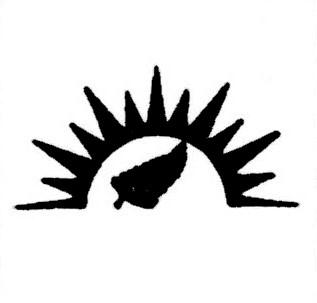
Scan this QR code to open this page on your phone ->





